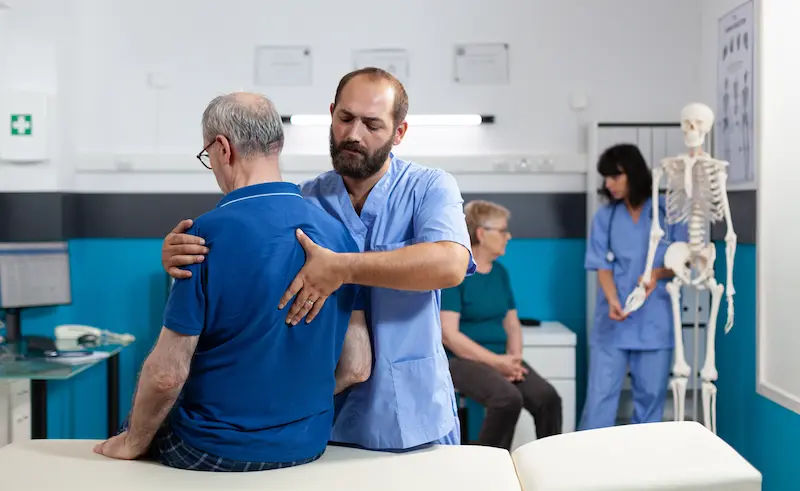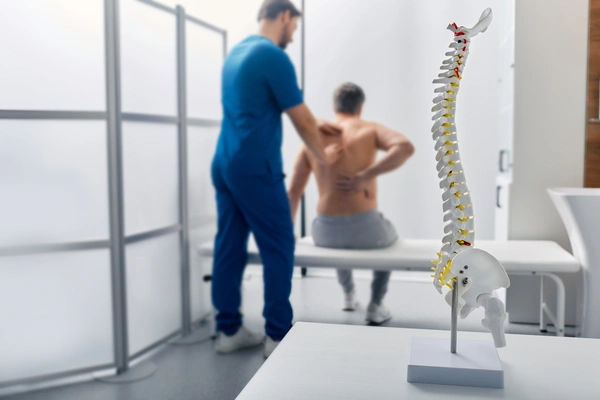Guide to Advancement Brain And Spine Surgery
Learn about advanced brain and spine surgeries, their procedures, recovery process, and what patients should know before treatment.

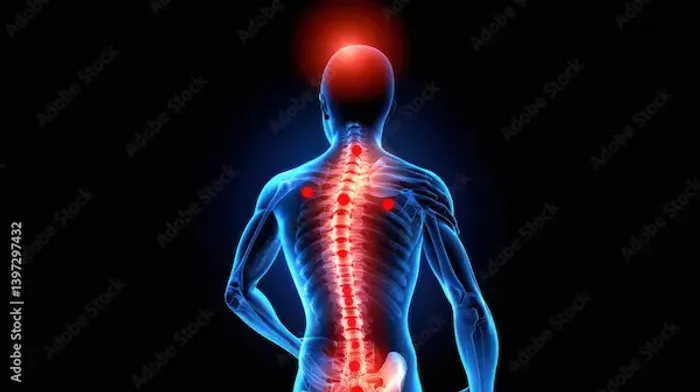
Introduction
Imagine a surgeon being able to see the precise boundaries of a brain tumour in real-time during an operation or correct a complex spinal deformity through an incision barely larger than a paper cut. This is not science fiction; it's the reality of modern brain and spine surgery. The field has undergone a monumental transformation, moving away from highly invasive procedures toward precision-based techniques that prioritise patient safety, faster recovery, and superior outcomes. This guide will walk you through the latest advancements in neurosurgery, demystifying the technologies and procedures that are changing lives. We will explore everything from robotic assistants and advanced imaging to groundbreaking minimally invasive approaches, empowering you with the knowledge to understand your options and have informed discussions with your healthcare team.
Understanding the Need for Neurosurgical Intervention
Neurosurgery addresses a wide range of conditions affecting the most critical parts of our body: the brain and the spinal cord. Knowing when surgical intervention is necessary is the first step. It's typically considered when non-surgical treatments like medication or physical therapy have been exhausted, or when a condition poses an immediate risk to neurological function.
Common Brain Conditions Requiring Surgery
- Brain Tumours: Whether benign or malignant, tumours can cause pressure on the brain, leading to headaches, seizures,
or neurological deficits. Surgical removal is often a primary treatment. - Aneurysms: A weakened blood vessel that bulges can rupture, causing a life-threatening hemorrhage. Surgery can clip or coil the aneurysm to prevent rupture.
- Arteriovenous Malformations (AVMs): Tangled blood vessels can be corrected surgically to prevent bleeding.
- Trigeminal Neuralgia: Severe facial pain caused by a blood vessel pressing on a nerve can be relieved with
microvascular decompression surgery. - Epilepsy: For drug-resistant epilepsy, surgery to remove the specific brain area causing seizures can be a curative option.
Common Spine Conditions Requiring Surgery
- Herniated Discs: When the soft cushion between vertebrae leaks, it can press on nerves, causing pain, numbness, or weakness (sciatica).
- Spinal Stenosis: A narrowing of the spinal canal that puts pressure on the spinal cord and nerves, often causing pain in
the neck or back and radiating to the limbs. - Spinal Fractures: Resulting from trauma or osteoporosis, these may require stabilisation.
- Spondylolisthesis: When one vertebra slips forward over another, it can cause instability and nerve compression.
- Spinal Tumours: Similar to brain tumours, these growths may need to be removed to relieve pressure on the spinal cord.
If you are experiencing persistent neurological symptoms like worsening numbness, weakness, or severe headaches, it's crucial to seek professional evaluation.
Consult a Neurosurgeon for the best advice
The Shift to Minimally Invasive Techniques
The single biggest advancement in brain and spine surgery has been the move toward Minimally Invasive Surgery (MIS). This philosophy aims to achieve surgical goals with the least amount of disruption to healthy tissues.
What is Minimally Invasive Surgery (MIS)?
Instead of large, open incisions that require cutting through major muscle groups, MIS uses specialised instruments and technologies to access the surgical site through small, keyhole incisions. For the spine, this might involve tubular retractors that gently push muscles aside rather than cutting them. For the brain, it might mean using an endoscope through the nose or a small opening in the skull.
Benefits of MIS for Brain and Spine Procedures
The advantages of these techniques are significant and directly impact patient recovery:
- Less Blood Loss: Smaller incisions mean reduced bleeding.
- Reduced Muscle Damage: Especially crucial for spine surgery, preserving muscles leads to less post-operative pain.
- Shorter Hospital Stays: Many MIS procedures are outpatient or require only a one-night stay.
- Faster Recovery: Patients return to normal activities and work much sooner.
- Lower Risk of Infection: Smaller wounds are less susceptible to complications.
Key Technological Advancements Revolutionising Care
Technology is the engine driving the advancement of neurosurgery. These tools provide surgeons with unprecedented levels of control, visualisation, and safety.
Robotic-Assisted Surgery: Precision and Planning
Robotic systems, such as the Mazor X or ROSA, act as a GPS for the surgeon. Before the operation, a 3D surgical plan is created based on the patient's CT or MRI scans. During surgery, the robot guides the surgeon's instruments with sub-millimeter accuracy, ensuring implants (like pedicle screws in the spine) are placed perfectly. This enhances the surgical precision of complex procedures and minimises human error.
Advanced Intraoperative Imaging: Seeing in Real-Time
One of the biggest challenges in neurosurgery is the brain's tendency to shift during an operation, making pre-operative scans less accurate. Intraoperative imaging solves this.
Intraoperative MRI (iMRI)
An iMRI machine in the operating room allows surgeons to take real-time images during the procedure. This is invaluable for brain tumour resection, as it lets the surgeon see if any residual tumour remains before closing, maximising the removal while protecting healthy brain tissue.
Intraoperative CT (iCT) and Navigation
Similarly, iCT scans provide instant 3D images to verify the accuracy of implant placements in spine surgery. Surgical navigation systems use these images like a live map, tracking surgical instruments in relation to the patient's anatomy on a screen.
Neurophysiological Monitoring: Protecting Nerves
This technology acts as an early warning system. Electrodes are placed on the patient to monitor the function of the brain, spinal cord, and specific nerves throughout the surgery. If a surgical maneuver comes too close to a critical nerve, the system alerts the surgeon immediately, preventing potential damage and improving long-term neurological outcomes.
Spotlight on Specific Advanced Procedures
These technologies enable specific, highly effective procedures that were not possible a generation ago.
Laser Interstitial Thermal Therapy (LITT) for Brain Tumours
LITT is a groundbreaking minimally invasive technique for treating hard-to-reach brain tumours and epilepsy foci. A thin laser fibre is guided to the target through a small burr hole in the skull. MRI is used to monitor the temperature as the laser heats and destroys the tumour cells, all without a traditional open incision.
Endoscopic Endonasal Surgery for Pituitary Tumours
This ingenious approach allows surgeons to remove tumours at the base of the brain (like pituitary adenomas) through the nose. Using an endoscope (a thin, lighted tube with a camera), surgeons can access the area without any external incisions, leading to no scarring and a very rapid recovery.
Minimally Invasive Spine Surgery (MISS) for Decompression and Fusion
For conditions like herniated discs or spinal instability, MISS techniques use tubular retractors and endoscopes to perform discectomies (removing the damaged disc) or fusions (joining vertebrae together) through incisions often less than an inch long. This dramatically reduces the trauma of traditional open spine surgery.
The Future is Now: Emerging Frontiers
The pace of advancement shows no signs of slowing. The next wave of innovation is already taking shape.
Augmented Reality (AR) in the Operating Room
AR systems can project 3D holograms of a patient's tumour or vascular anatomy directly onto the surgical field, essentially giving the surgeon "X-ray vision." This helps in planning the perfect surgical corridor and avoiding critical structures.
Advanced Biomaterials and Regenerative Medicine
Research is focused on developing "smart" biomaterials for spinal fusion that better integrate with bone and even release growth factors. In the realm of regenerative medicine, scientists are exploring ways to use stem cells to repair damaged spinal cords or nerve tissue, a potential future paradigm shift from stabilisation to restoration.
Conclusion
The landscape of brain and spine surgery has been reshaped by a commitment to precision, safety, and patient-centered care. The days of one-size-fits-all, highly invasive operations are giving way to an era of tailored, technologically empowered procedures. From the pinpoint accuracy of robotic guidance to the real-time insight of intraoperative MRI, these advancements are not just about technical prowess; they are about delivering better outcomes, reducing anxiety, and restoring quality of life more effectively than ever before. If you or a loved one is facing the prospect of neurosurgery, take heart in knowing that the field is advancing rapidly. The most important step is to seek care from a qualified neurosurgeon who can discuss whether these modern techniques are appropriate for your specific condition.
7cedbc2f-1c04-46cb-8fc8-bcd2eca77802
Consult a Neurosurgeon for the best advice

Dr Debnath Dwaipayan
Neurosurgeon
9 Years • MBBS, MS(Gen. Surgery), DrNB (Neurosurgery)
Delhi
Apollo Hospitals Indraprastha, Delhi

Dr. Ankit Mathur
Neurosurgeon
9 Years • MBBS, MS, MC
Indore
Apollo Hospitals Vijay Nagar, Indore

Dr. Shameem Ahmed
Neurosurgeon
24 Years • MCH (Neuro Surgery), MS(General Surgery), Brain and Spine Surgeon, MBBS
Guwahati
Apollo Hospitals G S Road, Guwahati
(125+ Patients)
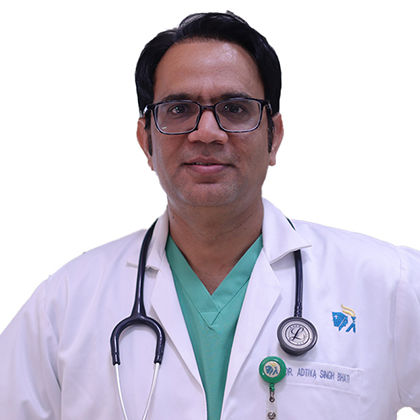
Dr. Aditendraditya Singh Bhati
Neurosurgeon
18 Years • MBBS(2004), DNB Neurosurgery(2014); MNAMS; Fellow Neuroendoscopy
Delhi
Apollo Hospitals Indraprastha, Delhi
(100+ Patients)
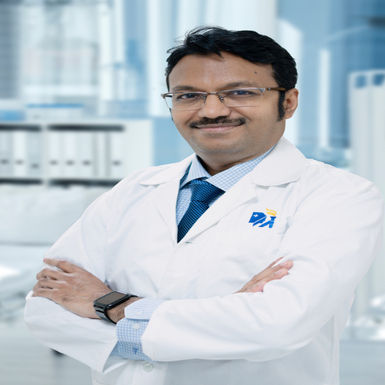
Dr. K Kartik Revanappa
Neurosurgeon
20 Years • MBBS, MS (Ortho), MCh NeuroSurg. (CMC Vellore)
Bengaluru
Apollo Hospitals Bannerghatta Road, Bengaluru
(100+ Patients)
Consult a Neurosurgeon for the best advice

Dr Debnath Dwaipayan
Neurosurgeon
9 Years • MBBS, MS(Gen. Surgery), DrNB (Neurosurgery)
Delhi
Apollo Hospitals Indraprastha, Delhi

Dr. Ankit Mathur
Neurosurgeon
9 Years • MBBS, MS, MC
Indore
Apollo Hospitals Vijay Nagar, Indore

Dr. Shameem Ahmed
Neurosurgeon
24 Years • MCH (Neuro Surgery), MS(General Surgery), Brain and Spine Surgeon, MBBS
Guwahati
Apollo Hospitals G S Road, Guwahati
(125+ Patients)

Dr. Aditendraditya Singh Bhati
Neurosurgeon
18 Years • MBBS(2004), DNB Neurosurgery(2014); MNAMS; Fellow Neuroendoscopy
Delhi
Apollo Hospitals Indraprastha, Delhi
(100+ Patients)

Dr. K Kartik Revanappa
Neurosurgeon
20 Years • MBBS, MS (Ortho), MCh NeuroSurg. (CMC Vellore)
Bengaluru
Apollo Hospitals Bannerghatta Road, Bengaluru
(100+ Patients)
More articles from Spine Injury
Frequently Asked Questions
1. What is the success rate of minimally invasive spine surgery?
Success rates for MISS are generally very high, often exceeding 90% for procedures like microdiscectomy for herniated discs. Success is measured by significant pain relief and return to function, and the minimally invasive approach contributes to this by reducing surgical trauma.
2. Is robotic surgery safer than traditional surgery?
Robotic-assisted surgery enhances safety by improving surgical precision and reducing the risk of human error in instrument placement. However, the safety of any procedure also depends on the surgeon's skill and the patient's specific condition. It is a powerful tool in the hands of an experienced surgeon.
3. How long does it take to recover from endoscopic brain surgery?
Recovery is typically much faster than with open surgery. Patients undergoing an endoscopic endonasal surgery for a pituitary tumour, for example, may leave the hospital in 1-3 days and return to light activities within a week or two, though full recovery takes longer.
4. Are these advanced surgical techniques available everywhere?
While becoming more common, technologies like intraoperative MRI and robotic systems are primarily available at major academic medical centers and specialised hospitals with strong neurosurgery and spine programs. It's important to research and seek out institutions that invest in these technologies.
5. Will I need physical therapy after a minimally invasive procedure?
Yes, in most cases. Even with a faster recovery, physical therapy is a crucial component of rehabilitation after any spine surgery or major brain procedure. It helps rebuild strength, improve flexibility, and ensure a successful long-term outcome.
